All long grass should be cut by the 1st of May each year and if not, please report this to Environmental Health on 011 375 5555 and get a reference number.
Some residents like a wild area for the animals and bees and butterflies but then a 5 metre fire break must be cut all around the property boundary throughout the year to help prevent the fire from jumping to another property.
Some residents like a wild area for the animals and bees and butterflies but then a 5 metre fire break must be cut all around the property boundary throughout the year to help prevent the fire from jumping to another property.
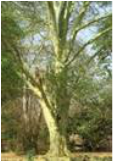
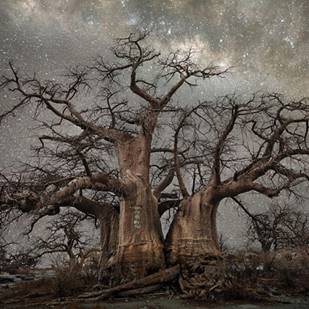
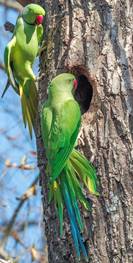
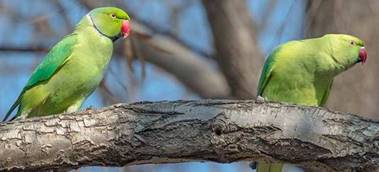
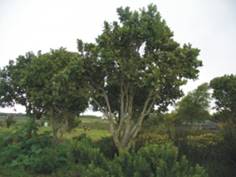
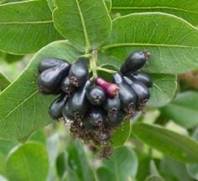
 RSS Feed
RSS Feed
